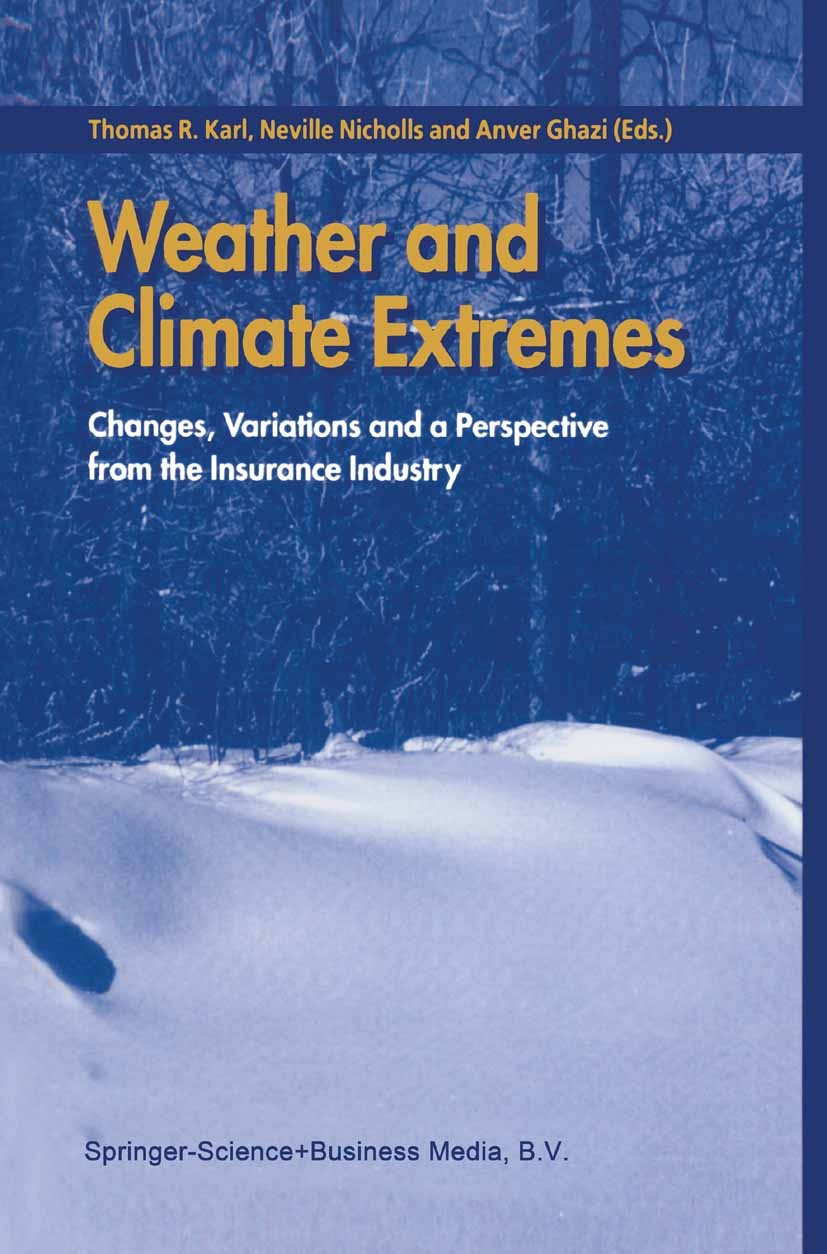太阳辐射变化对东南亚极端温度和热浪的影响
IF 6.9
1区 地球科学
Q1 METEOROLOGY & ATMOSPHERIC SCIENCES
引用次数: 0
摘要
太阳辐射调节(SRM)被认为是缓解气温上升的一种快速解决方案,但其对区域极端温度和热浪的影响尚未得到充分研究。东南亚由于其独特的环境和社会经济条件,极易受到气候变化的影响,因此有必要详细评估SRM的影响。本研究使用G6Solar和g6硫磺两种情景,以及传统的排放途径(SSP245和SSP585)来评估SRM的影响。对2020 - 2099年东南亚20个次区域的选定温度和热浪指数进行了降尺度和偏差校正的GeoMIP6数据集分析。在SSP585条件下,预计到2099年的年最高气温(TXx)将相对于基线升高4-6°C,热浪特征将显著增强。热浪持续时间(HWD)可能增加40-180天,发生次数(HWN)可能增加3-5倍,强度(HWA)可能升高5-6°C。相比之下,SRM情景有效地缓和了这些影响,更接近于温和的SSP245情景。在两种SRM方法之间,g6硫磺在减少极端温度方面比G6Solar略微有效,特别是在大陆地区。在SRM条件下,热浪的频率、持续时间和强度较SSP585弱,但其有效性存在空间变异,且在东南亚大陆差异极小。本研究利用多个SRM和SSP情景的多模式集合,全面评估了SRM对东南亚极端温度和热浪的影响。通过关注在SRM研究中往往代表性不足的地区,这项工作为考虑SRM作为气候缓解战略的政策制定者提供了关键的见解。本文章由计算机程序翻译,如有差异,请以英文原文为准。
Impacts of solar radiation modification on temperature extremes and heatwaves in Southeast Asia
Solar Radiation Modification (SRM) has been proposed as a rapid solution to mitigate temperature rise, but its effects on regional temperature extremes and heatwaves remain underexplored. Southeast Asia, a region highly vulnerable to climate change due to its unique environmental and socio-economic conditions, necessitates detailed assessments of SRM impacts. This study evaluates the effects of SRM using two scenarios, G6Solar and G6Sulfur, alongside traditional emissions pathways (SSP245 and SSP585). Downscaled and bias-corrected GeoMIP6 datasets are analyzed for selected temperature and heatwave indices across 20 Southeast Asian sub-regions from 2020 to 2099. Under SSP585, annual maximum temperatures (TXx) by 2099 are projected to increase by 4–6 °C relative to the baseline, with heatwave characteristics intensifying substantially. Heatwave duration (HWD) could rise by 40–180 days, while occurrences (HWN) may increase 3–5 times, and intensity (HWA) could escalate by 5–6 °C. In contrast, SRM scenarios effectively moderate these impacts, aligning closer to the moderate SSP245 scenario. Between the two SRM approaches, G6Sulfur proves slightly more effective than G6Solar in reducing temperature extremes particularly in continental regions. Under SRM, heatwave frequency, duration, and intensity are less severe compared to SSP585, though spatial variability in effectiveness is observed and with minimal differences in mainland Southeast Asia. This study presents a comprehensive assessment of SRM's impacts on temperature extremes and heatwaves in Southeast Asia, utilizing a multi-model ensemble across multiple SRM and SSP scenarios. By focusing on a region often underrepresented in SRM research, this work offers critical insights for policymakers considering SRM as a climate mitigation strategy.
求助全文
通过发布文献求助,成功后即可免费获取论文全文。
去求助
来源期刊

Weather and Climate Extremes
Earth and Planetary Sciences-Atmospheric Science
CiteScore
11.00
自引率
7.50%
发文量
102
审稿时长
33 weeks
期刊介绍:
Weather and Climate Extremes
Target Audience:
Academics
Decision makers
International development agencies
Non-governmental organizations (NGOs)
Civil society
Focus Areas:
Research in weather and climate extremes
Monitoring and early warning systems
Assessment of vulnerability and impacts
Developing and implementing intervention policies
Effective risk management and adaptation practices
Engagement of local communities in adopting coping strategies
Information and communication strategies tailored to local and regional needs and circumstances
 求助内容:
求助内容: 应助结果提醒方式:
应助结果提醒方式:


